(Aug 21, 2023) Madhubani art, also known as Mithila art, is a cherished traditional art form of Bihar. It traces its origins to the Ramayana, when King Janaka commissioned an artist to depict his daughter Sita’s wedding with Lord Ram. It originated in Janakpur, the capital of ancient Mithila – present day Bihar and Nepal. With its timeless appeal, the art form is a mirror of indigenous folklore, rituals, and nature. Ever since it acquired the GI tag in 2007, the value that it has been adding to the Indian heritage has only deepened.
Many artists in India and abroad are amplifying the splendour of Indian culture and artistry through this art form. Rupam Varma is one such artist. “Through my art, I give voice to the influences that have moulded my life,” she tells Global Indian.
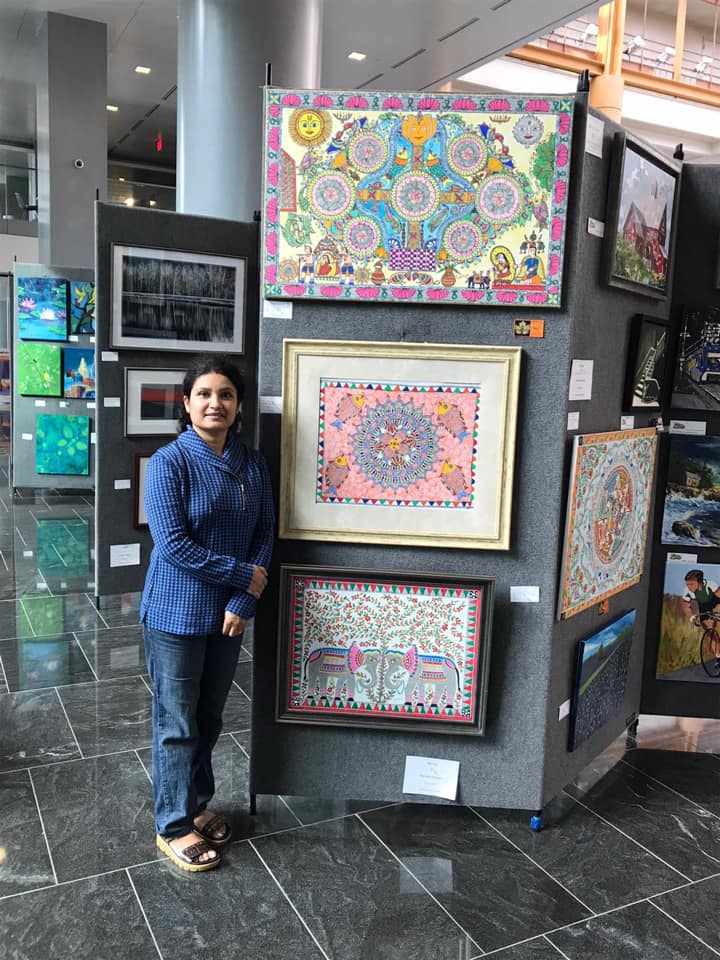
Rupam Varma
Initially Madhubani art was used to commemorate births, weddings, and religious rituals. But it is now evolving with varied storylines. Contemporary artists like Rupam are making every use of the opportunity.
The Charlotte based educator is the founder of The Art Pallete – an art school and studio where she teaches and caters to custom orders as an artist. Rupam also serves as a visual art lead and curator at India Association of Charlotte and is associated with various other organisations promoting art in the region.
From Mithila to the US
From her birthplace at Darbhanga, in Mithila region of Bihar to Varanasi, the city where she grew up, to the US, where she lives now, Rupam Varma’s creative impulses have travelled with her.
With a career spanning 25 years, Rupam Varma has gracefully embodied the roles of both a dedicated artist and an inspiring art educator. Her guidance has touched the lives of students hailing from different nationalities, spanning an impressive age range from five to 80. “The feeling of having enabled someone to experience art is uplifting and appeals to my primal emotion,” Rupam tells.
Apart from her specialisation in Madhubani art, Rupam teaches a variety of other art forms starting with sketches, watercolour, acrylic, oil painting, portraits, fabric painting, glass painting, and Zentangle art as a certified educator.
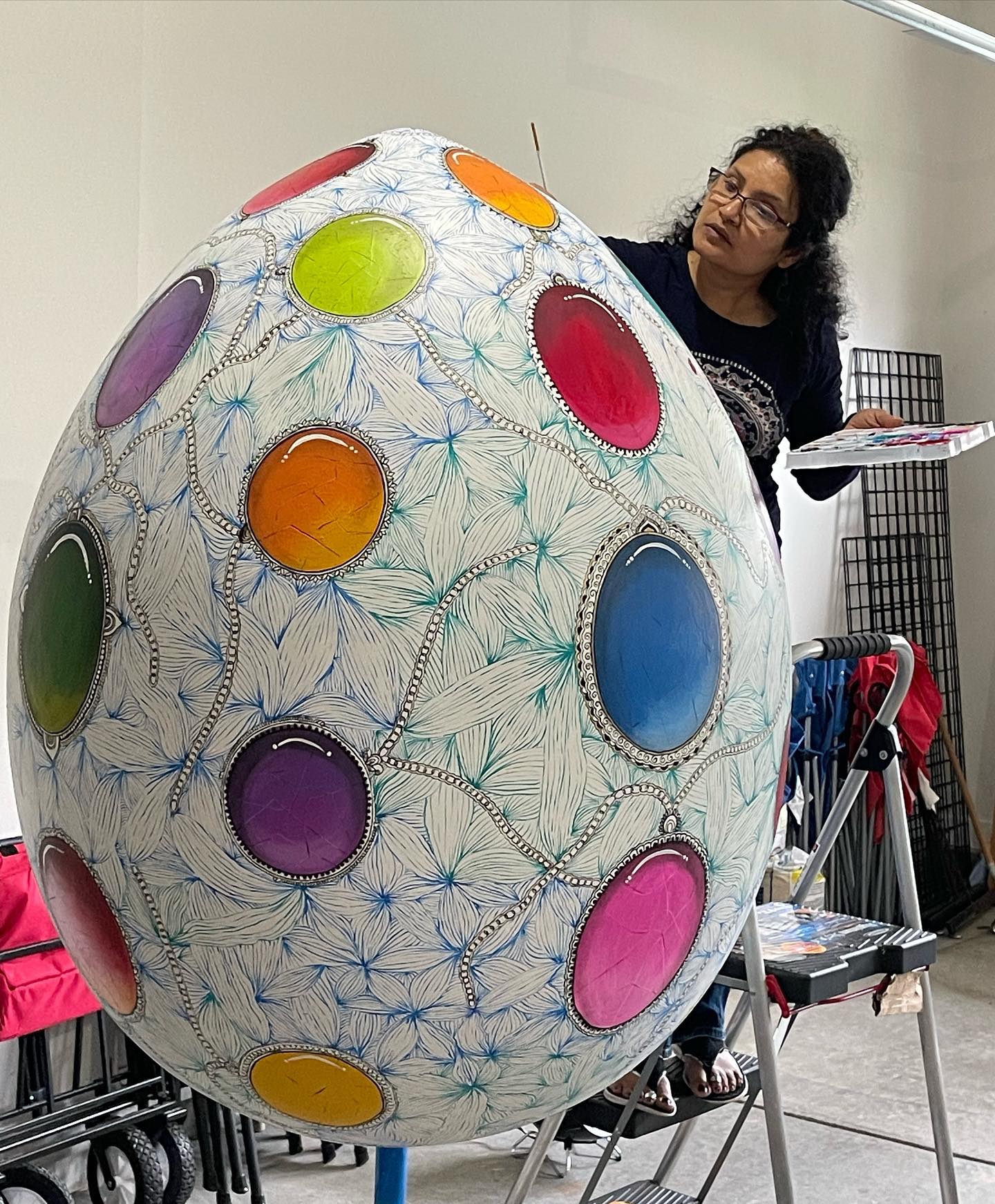
Rupam Varma prepares the Easter Egg for a parade at Charlotte
Journey of explorations
Art and creativity have been Rupam’s sources of inspiration for as long as she can recall. “My affection for Madhubani art resonates within my creations. I initially delved into it through self-guided exploration, drawing inspiration from revered artists. This foundation was further fortified during my training at the National Institute of Mithila Arts (NIMA),” she explains.
Around two decades ago, when Rupam relocated to the United States, first to Texas and later to Charlotte following her marriage, she adeptly transformed her immigration into an avenue for engagement with the local artistic community. This transition also allowed her to discover new contexts for her artistic expressions.
Immersing herself in the diverse milieu surrounding her and drawing from the multifaceted palette of her day-to-day experiences abroad, she skilfully captured the voices of the individuals she interacted with, enriching her canvases with their stories.
Drawing from the traditional principles of Madhubani painting, she crafted fresh narratives inspired by her foreign environs, resulting in a collection of distinctive pieces.
“The desire is to weave my journey of exposure across cultures and various art forms into a positive message of striving to reach a high amidst all the churn that lies beneath,” she says.
View this post on Instagram
Teaching art in the US
“It’s a process of learning for me as well. Teaching folk art of India to people of different nationalities is not easy. It takes time, patience and motivation to share the culture with a diverse community,” she remarks “But going out of the comfort zone and sharing the knowledge with folks of a new community is something that I have enjoyed.”
Rupam is truly invigorated by the curiosity and eagerness to learn that she observes in those who enrol in her classes. The enthusiasm exhibited by her students, ranging from young five-year-olds to spirited individuals in their eighties, serves as a constant source of energy for her.
“Their passion propels me to surpass my own boundaries to provide them the most effective introduction to the subject and its techniques,” she shares. “I have had an extremely supportive and accepting community around me that is curious to know more about what I have in store for them as an educator.”
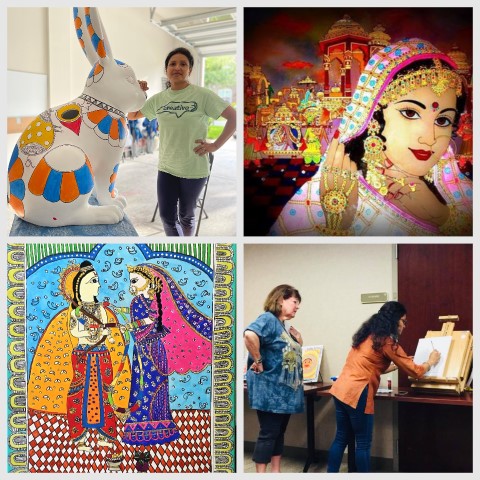
Rupam Varma, her art pieces and a teaching session
The joy of art
In addition to her engagement with Art Palette and the India Association of Charlotte, Rupam is a founding member of Namaste Artist Charlotte, an artistic group established in 2014. She also took on the role of secretary at the Waxhaw Art Council during the previous year.
She excels in creating Mithila art on diverse mediums such as fabrics, silk purses, silk scarves, wooden coasters, and other decorative items. Her connections with fellow artists in the United States play a pivotal role in her ongoing journey of artistic advancement and education.
Rupam plays an active role in all local artist communities, including Mint Hill Arts, Mathews Artist Guild, and Plano Art Association. Her collections are frequently showcased in art exhibitions, a testament to her expertise and dedication.
“My aspiration is to continually contribute to the vibrant artistic presence within my community and raise awareness about Madhubani art in the United States,” she signs off.
View this post on Instagram
- Follow Rupam Varma and her work on Instagram and Facebook
- To know more about The Art Pallette, visit its website



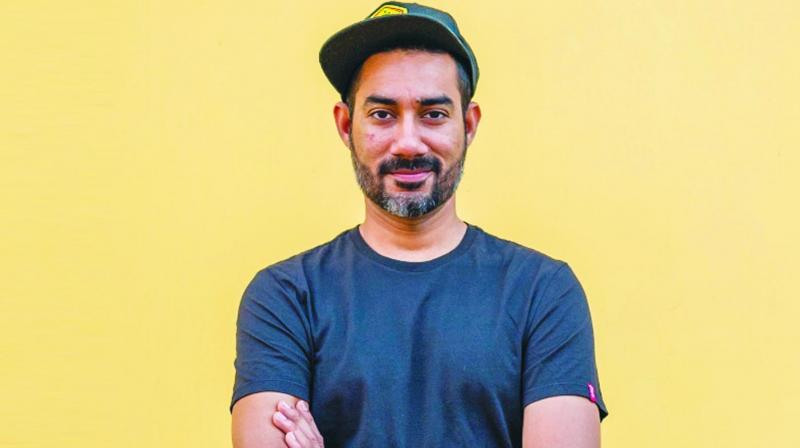

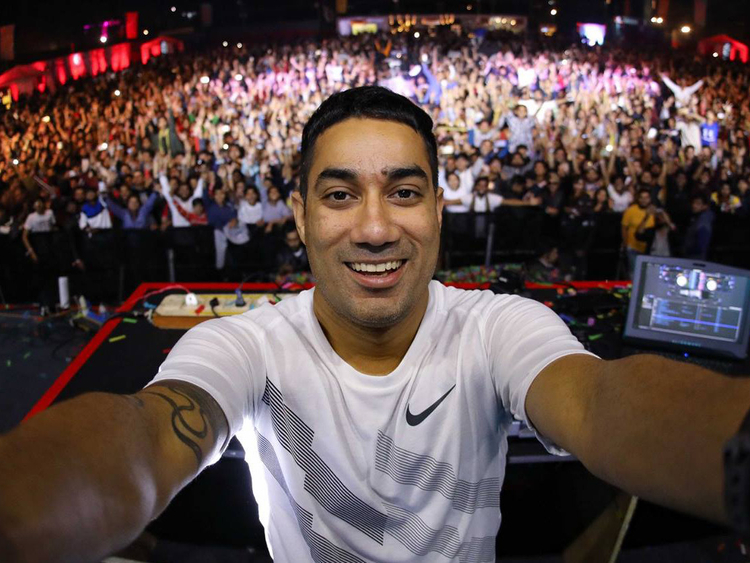

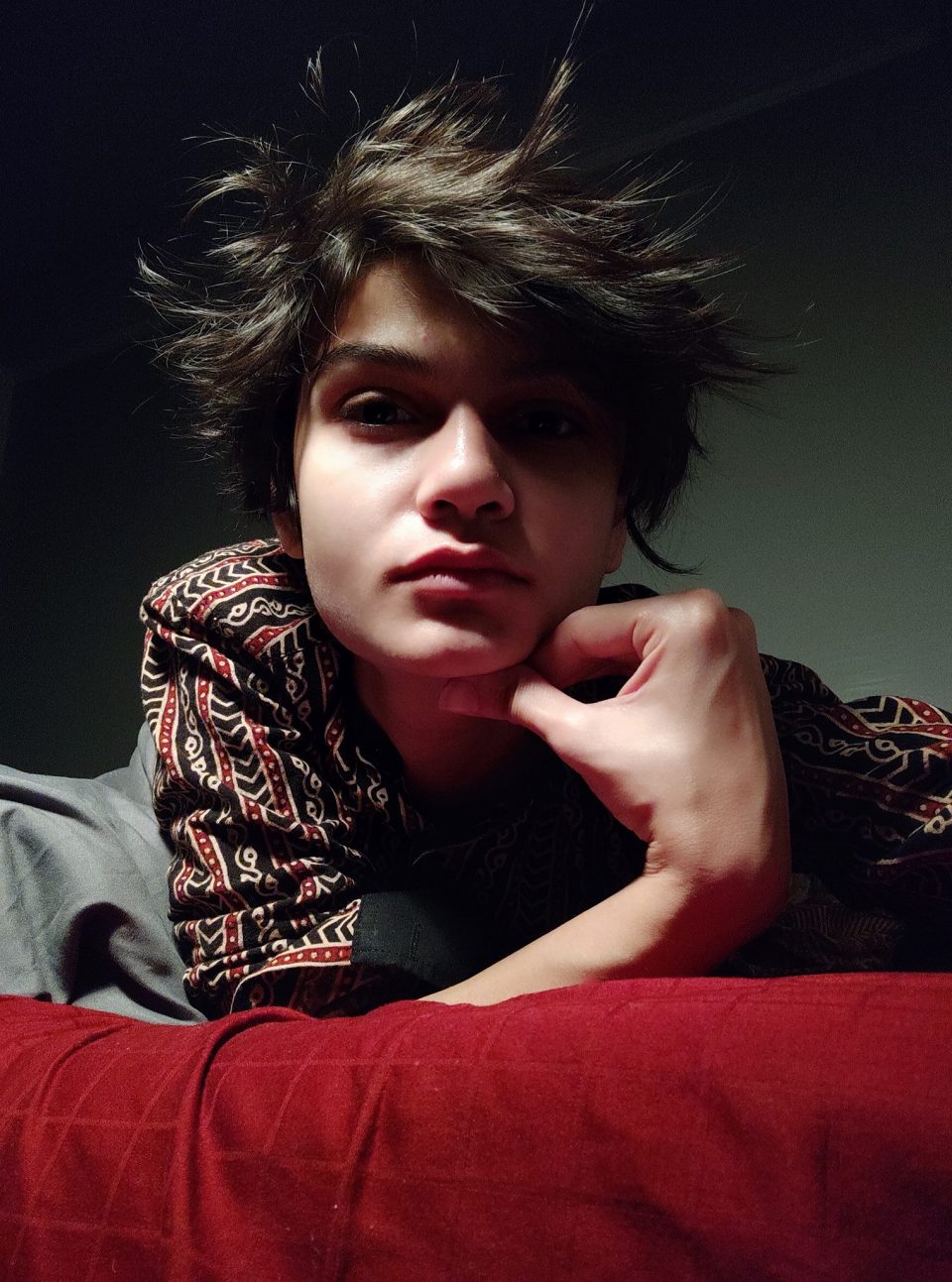 Aayushi Karnik, the Indian blues guitarist taking NYC by storm.[/caption]
Aayushi Karnik, the Indian blues guitarist taking NYC by storm.[/caption]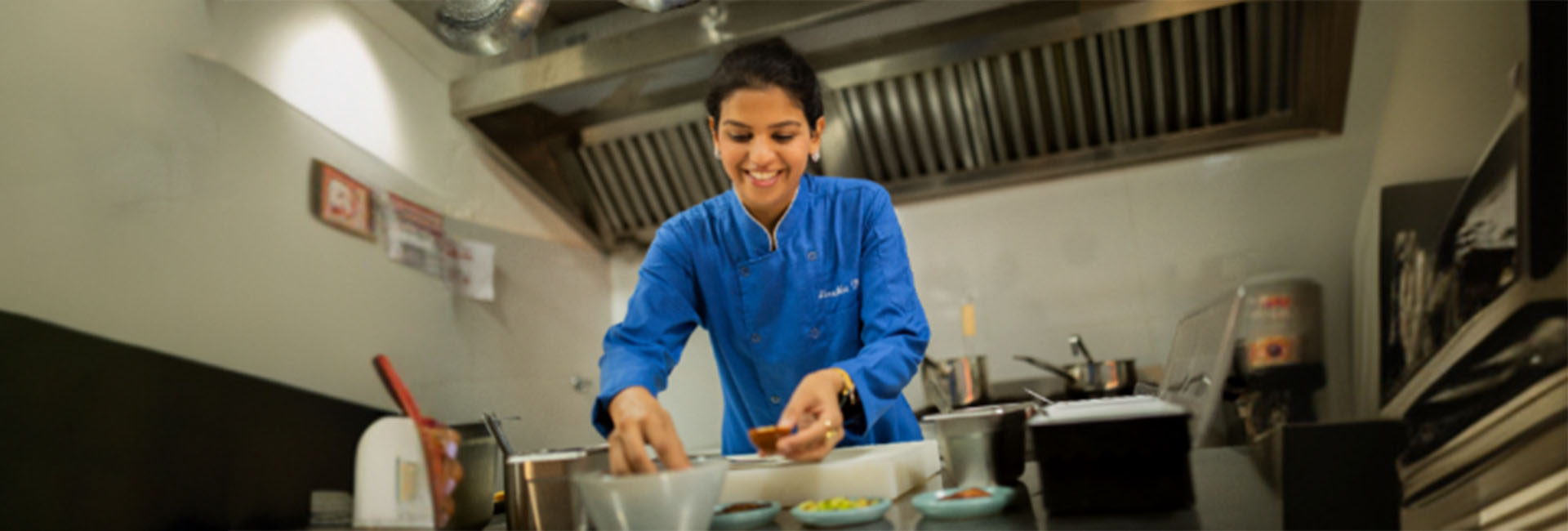
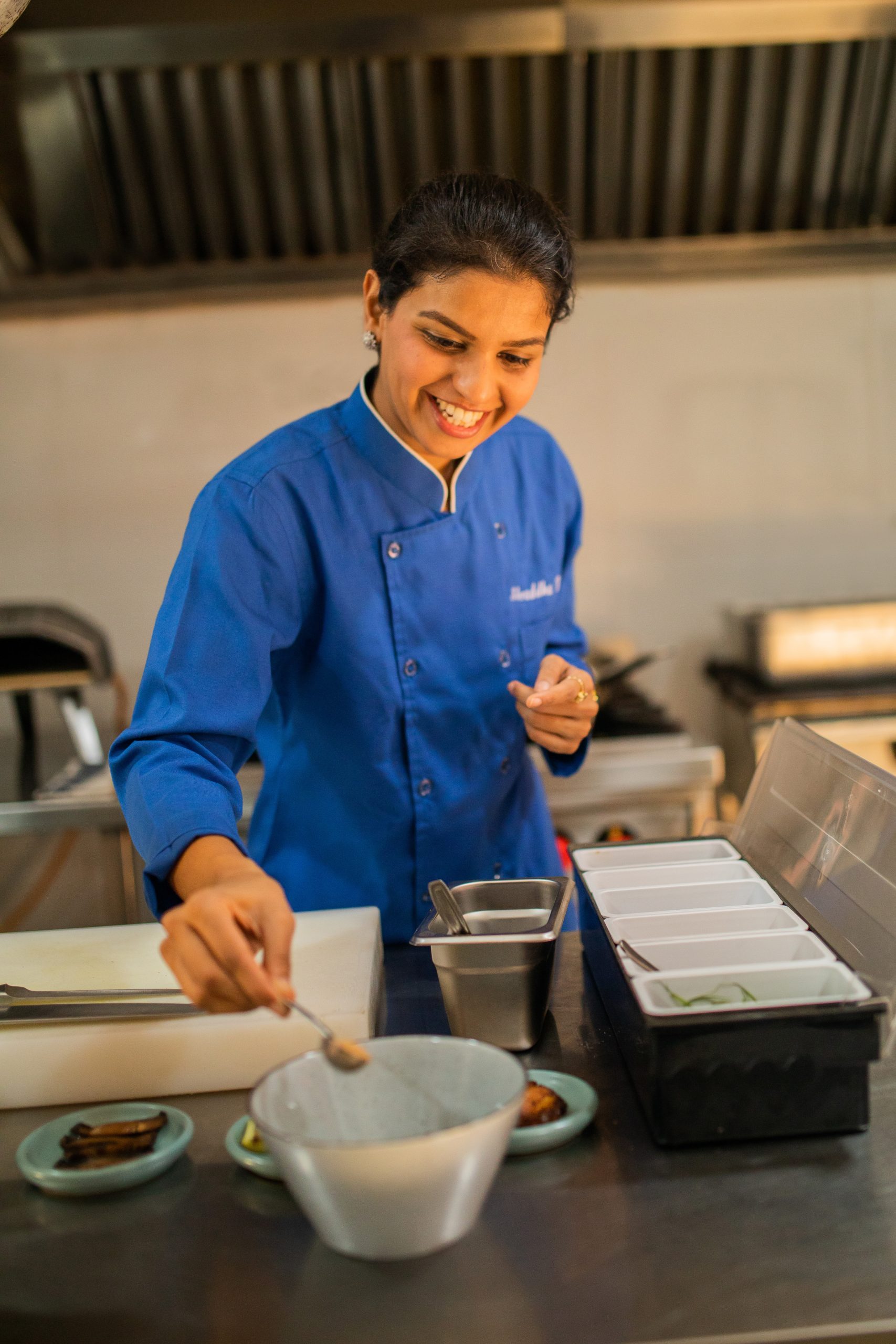
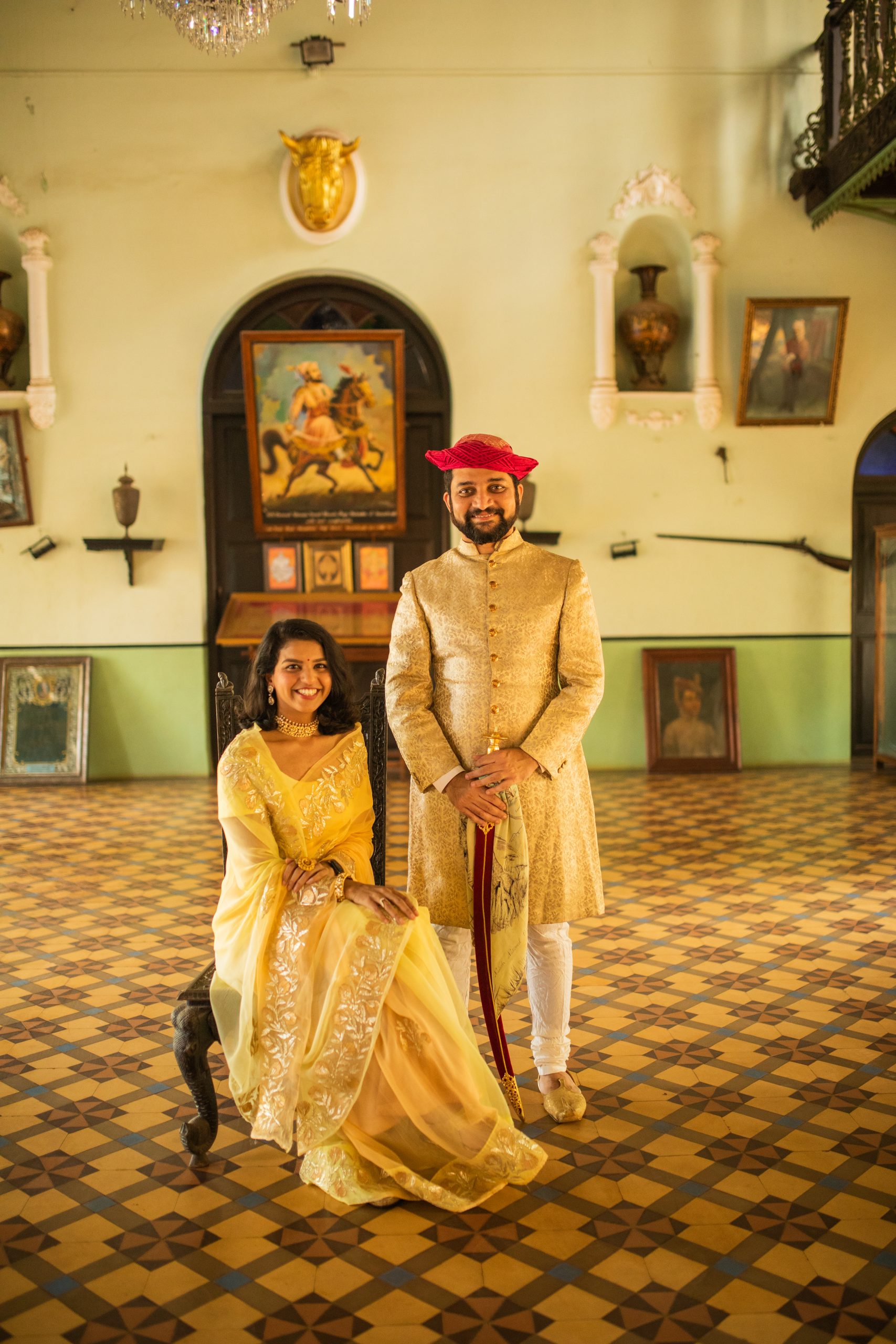 Yuvraj Lakham Bhonsle Raje and Yuvrani Shraddha Bhonsle[/caption]
Yuvraj Lakham Bhonsle Raje and Yuvrani Shraddha Bhonsle[/caption]
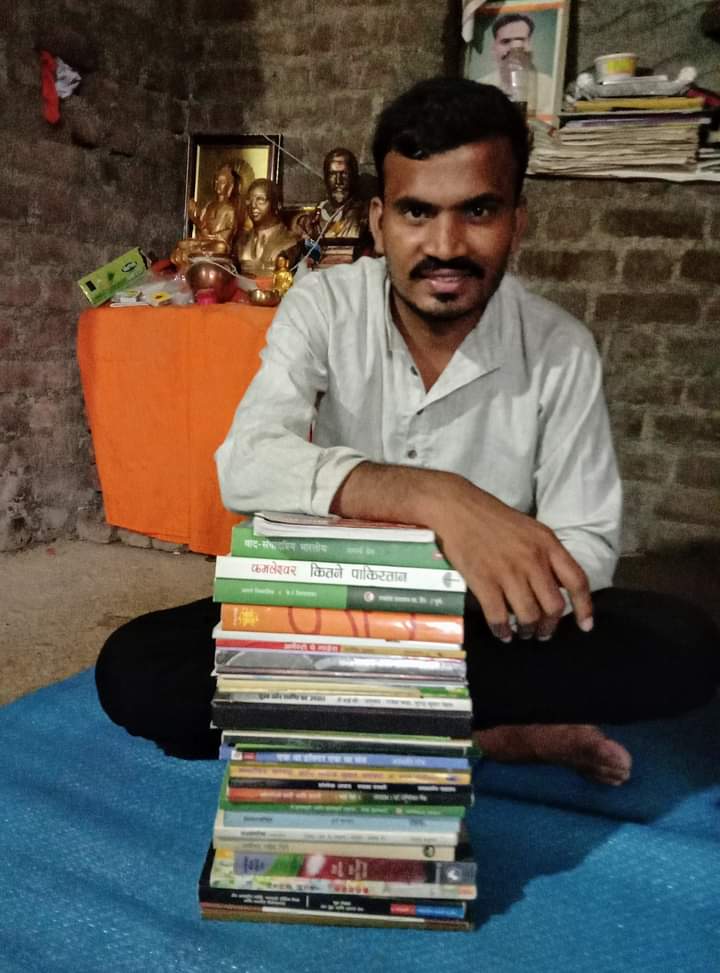 Raju Kendre at home in Maharashtra[/caption]
Raju Kendre at home in Maharashtra[/caption]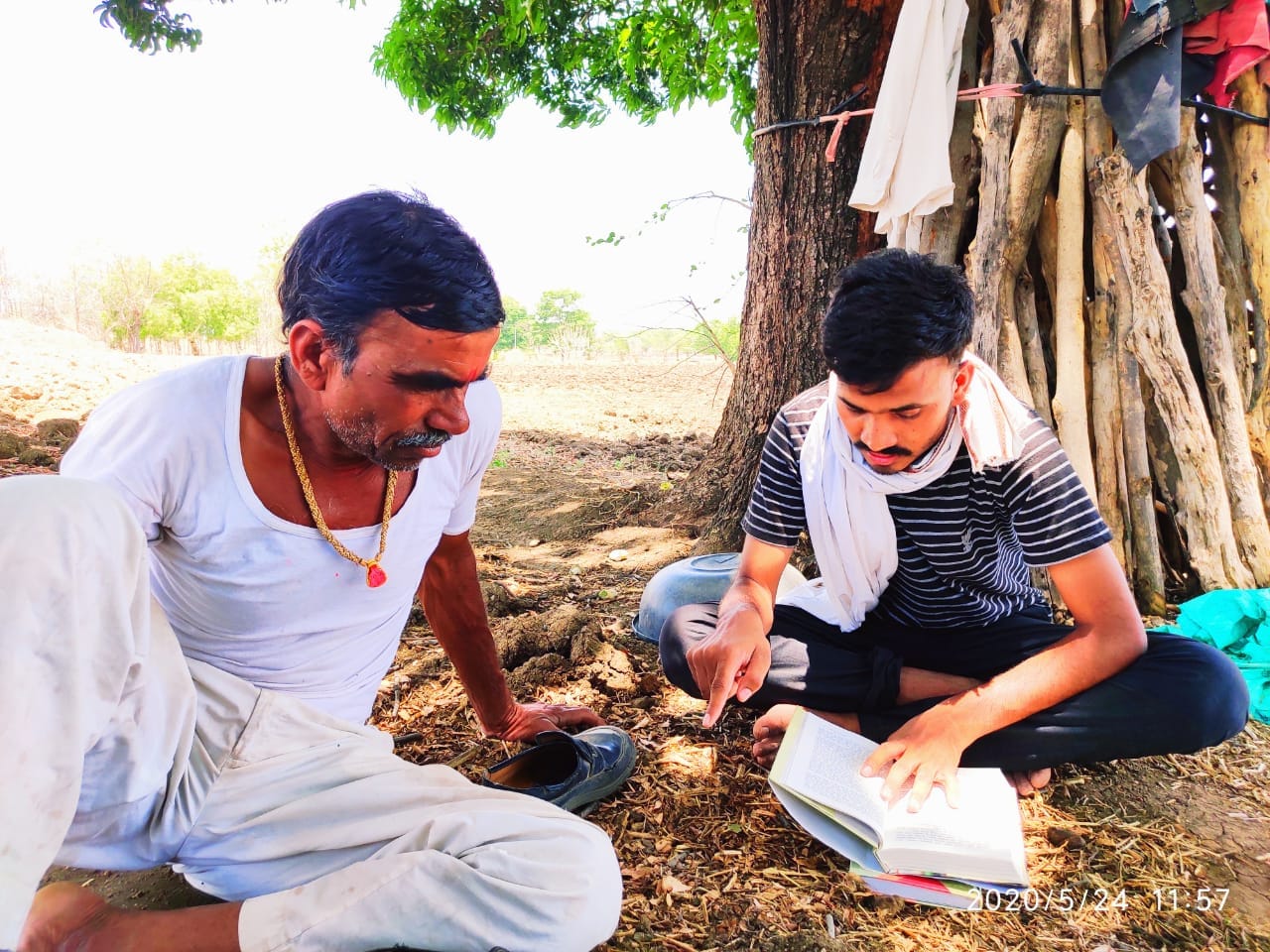 With his father back home[/caption]
With his father back home[/caption]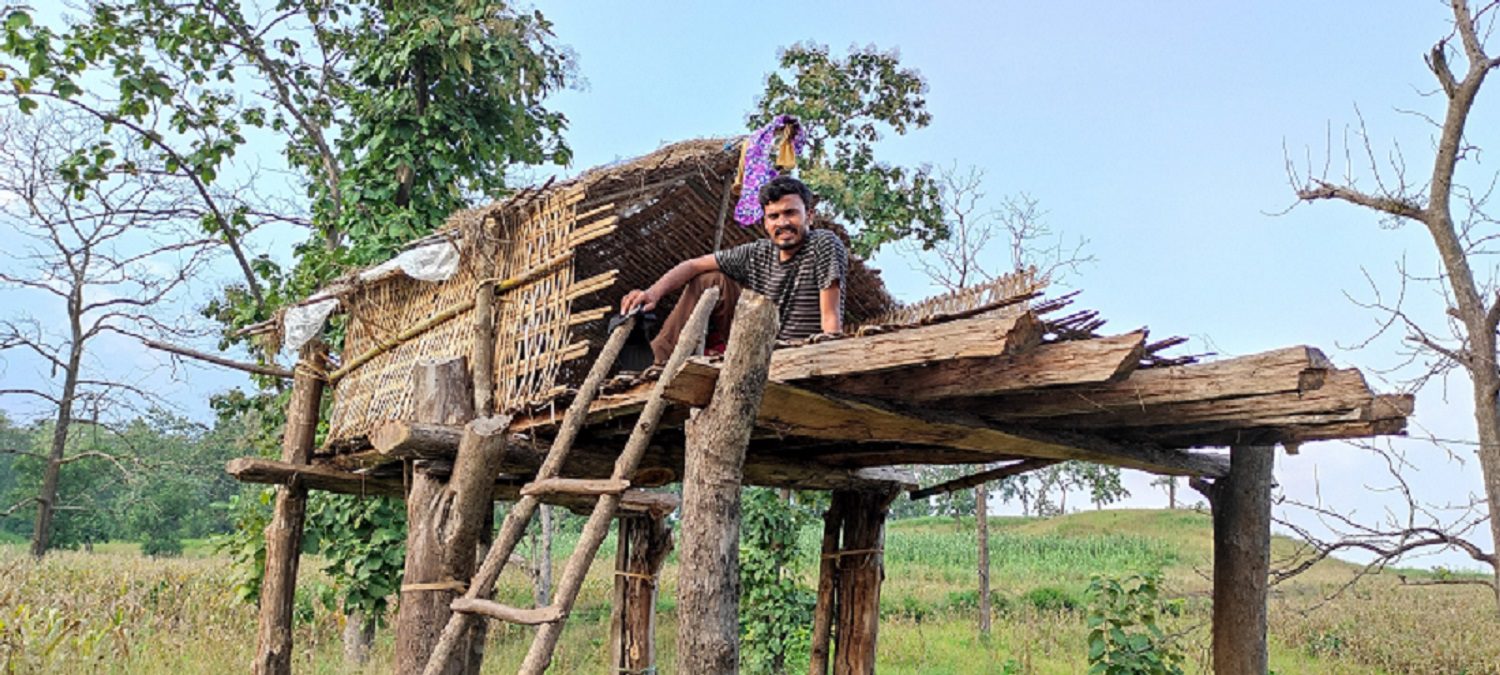 Raju in Melghat[/caption]
Raju in Melghat[/caption]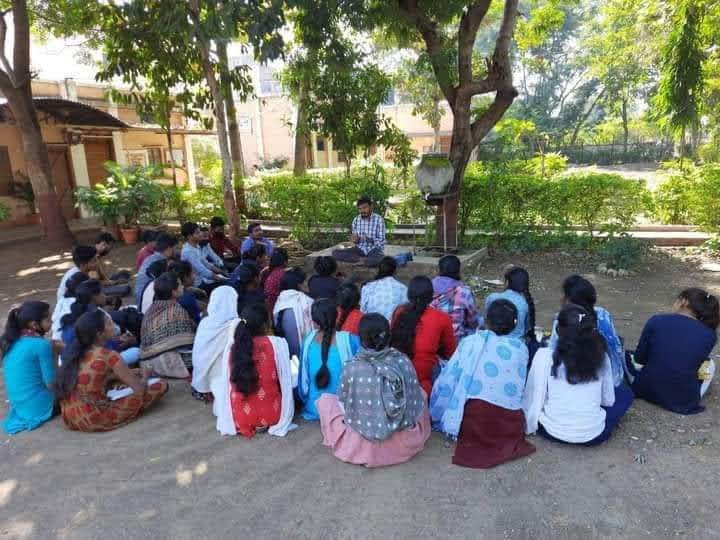 Raju with Eklavya students[/caption]
Raju with Eklavya students[/caption]
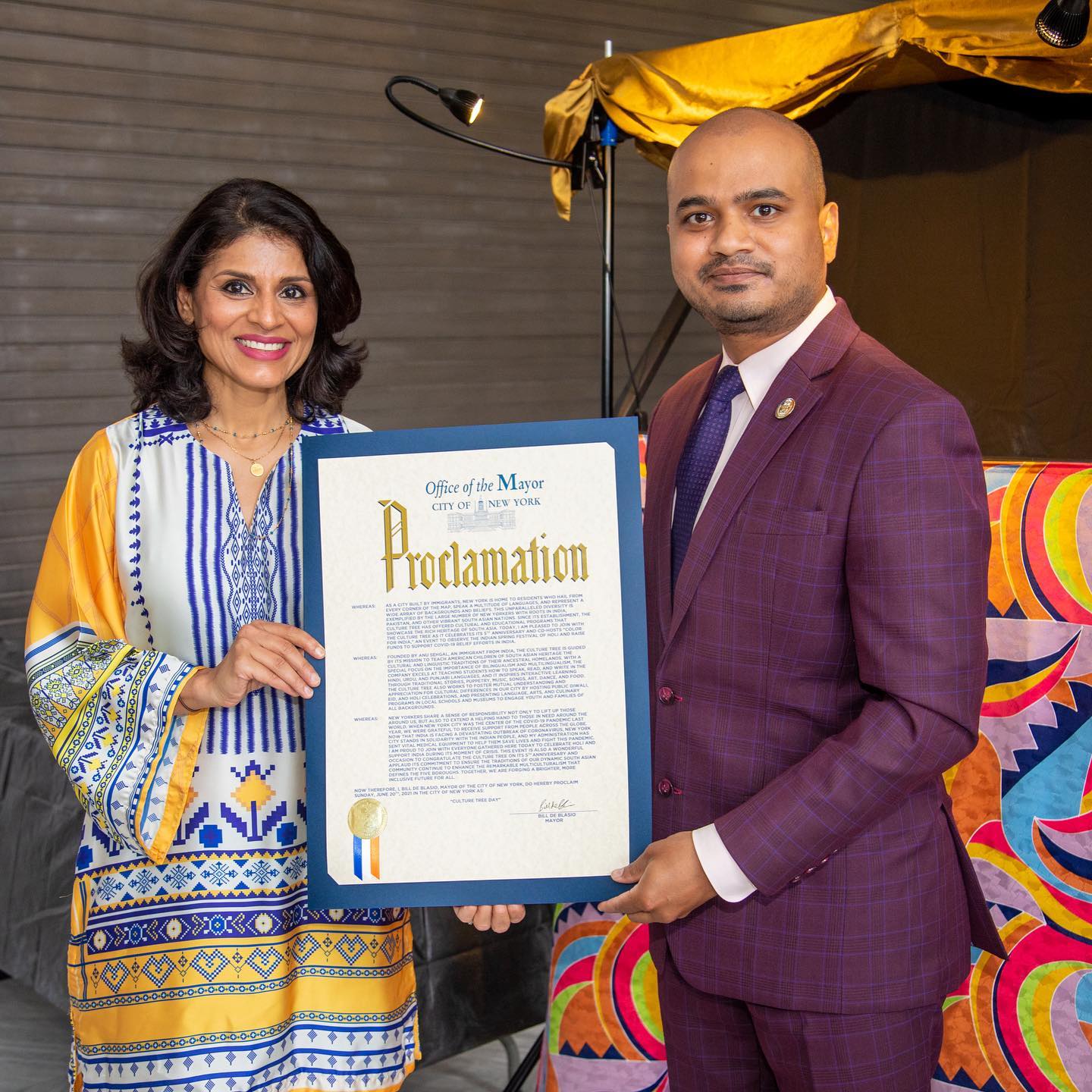 Former Mayor Bill de Blasio declared June 20, 2021 as The Culture Tree Day in NYC[/caption]
Former Mayor Bill de Blasio declared June 20, 2021 as The Culture Tree Day in NYC[/caption]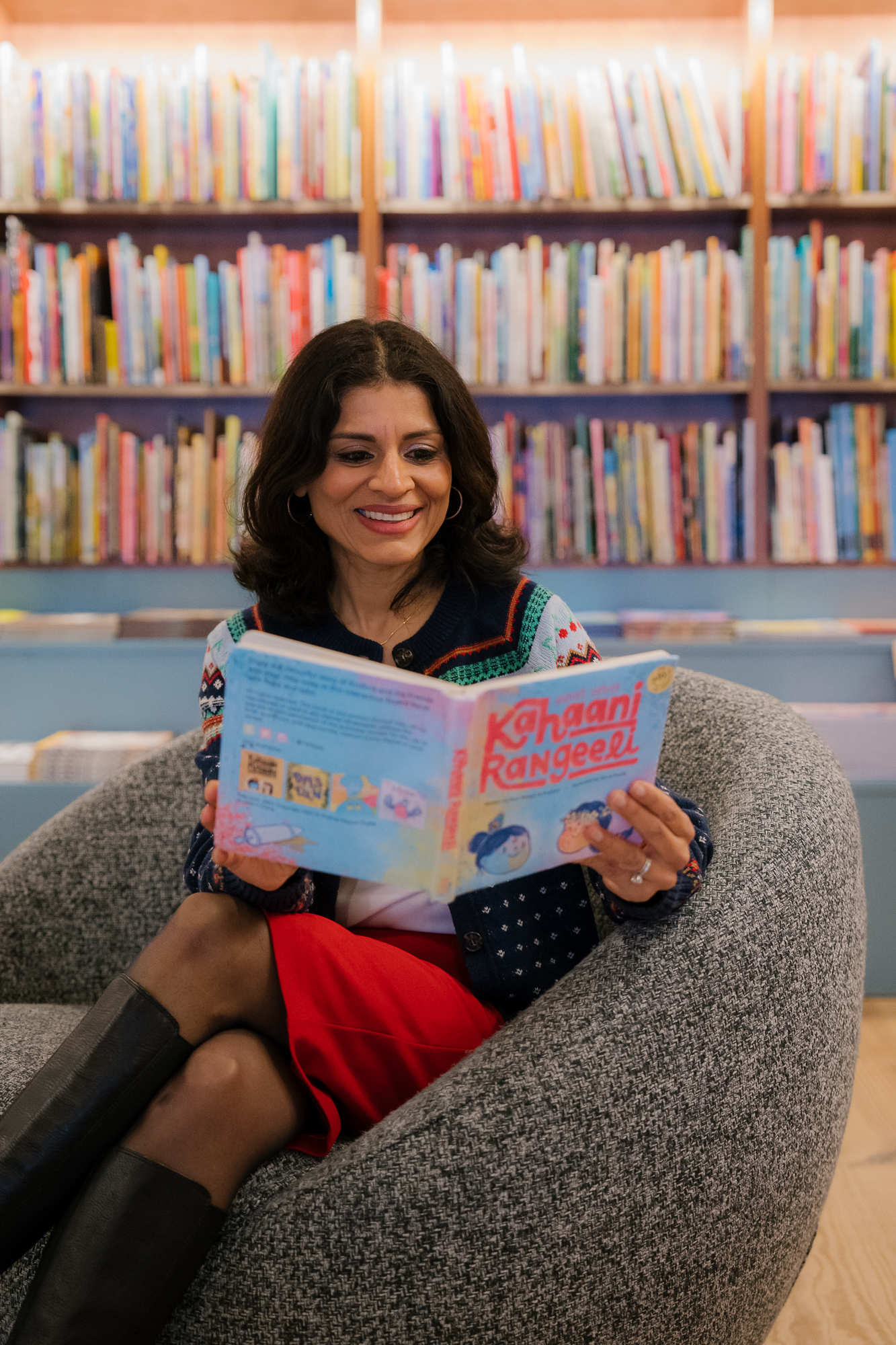 Anu Sehgal during a book reading session[/caption]
Anu Sehgal during a book reading session[/caption]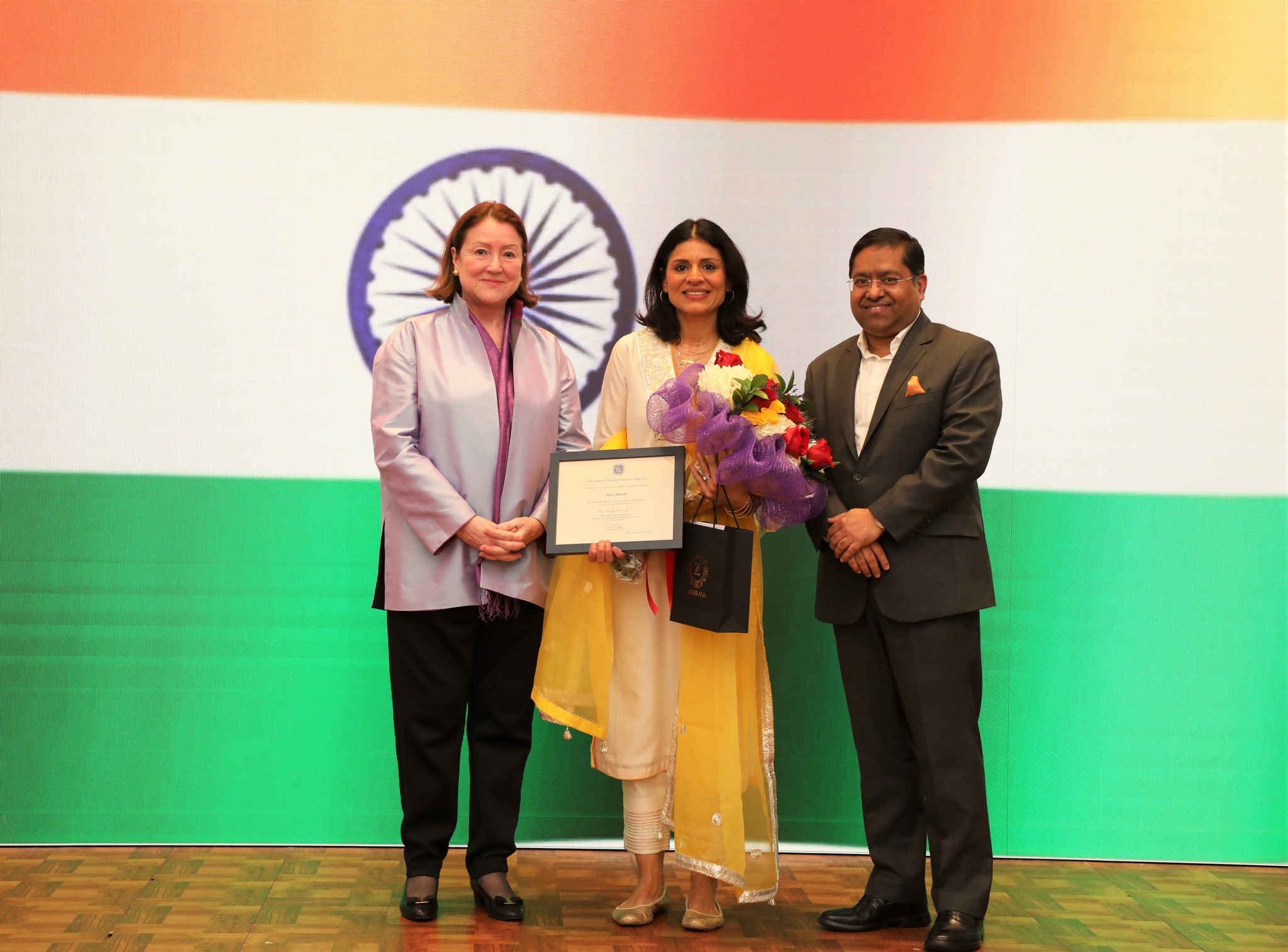 The Society of Foreign Consuls recognised Anu's efforts for community empowerment at an event at the Consulate General of India in New York[/caption]
The Society of Foreign Consuls recognised Anu's efforts for community empowerment at an event at the Consulate General of India in New York[/caption]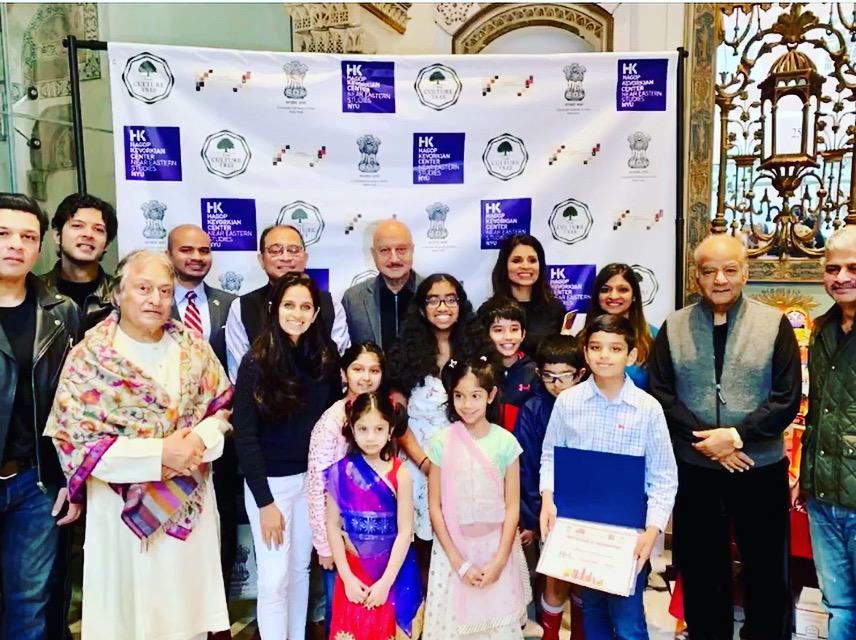 Anupam Kher and Ustad Amzad Ali Khan were chief guests at one of the literary events of The Culture Tree[/caption]
Anupam Kher and Ustad Amzad Ali Khan were chief guests at one of the literary events of The Culture Tree[/caption]
Excellent work 👌👌👌